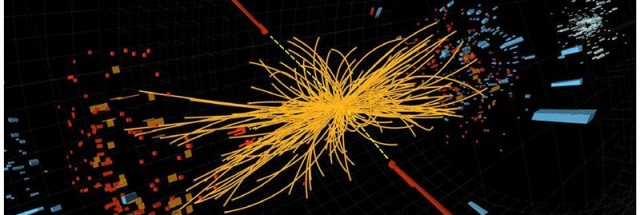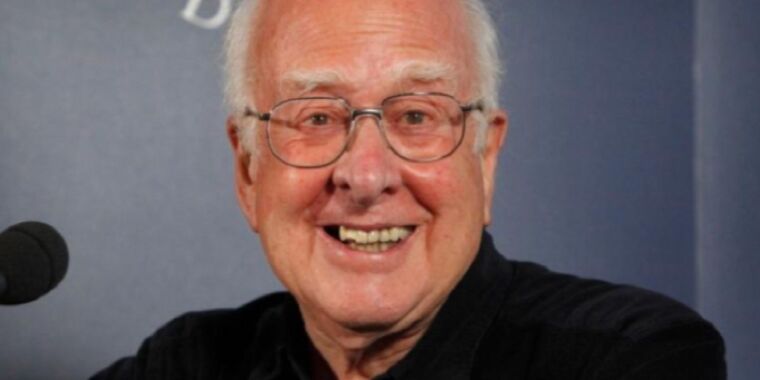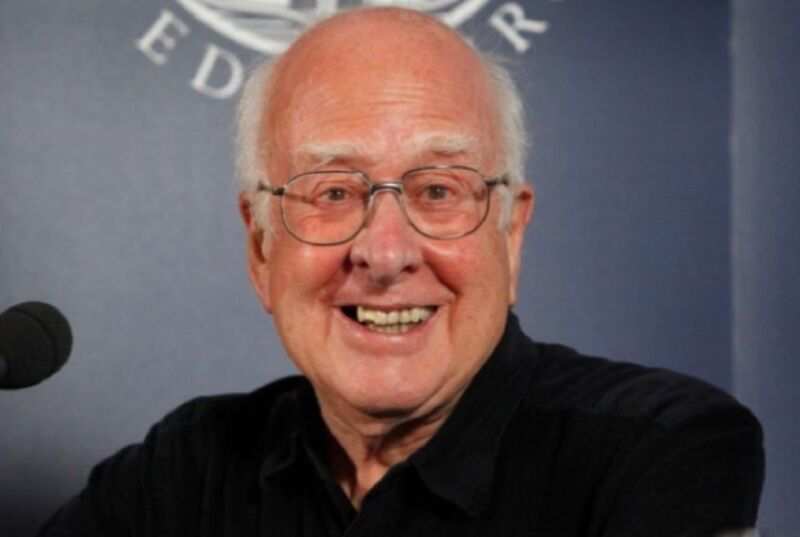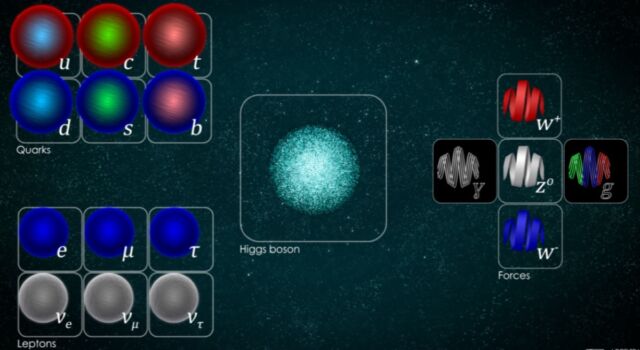Broadway embraces particle physics with musical about Higgs boson discovery
Catch the fever —
The 2013 documentary Particle Fever is being turned into a Broadway musical.
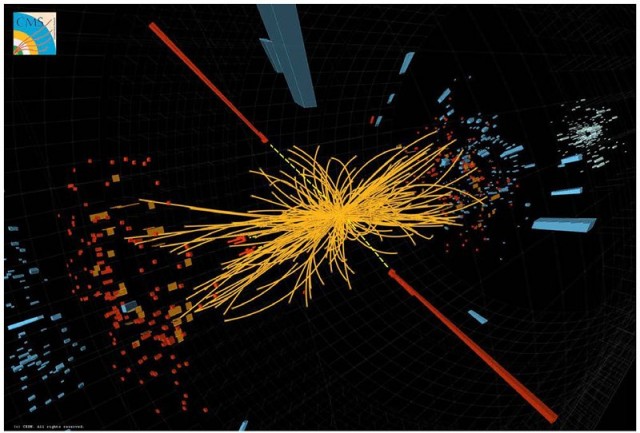
A collision between subatomic particles in the Large Hadron Collider’s CMS detector.
Particle physics is poised to hit the bright lights of Broadway with the adaptation into a musical of the 2013 documentary Particle Fever, which charts the journey to detect the Higgs boson at the world’s largest particle accelerator. According to Deadline Hollywood, the creators described their musical as being filled with “heart, humor, and hope,” calling it an “exploration of the very nature of exploration itself… Particle Fever proves that even the very best theories are often no match for reality.”
(Spoiler: Physicists discovered the Higgs boson in 2012.)
Johns Hopkins University’s David Kaplan was a film student turned theoretical physicist when he came up with the idea for a documentary on the search for the Higgs boson—at the time, the last remaining piece of the Standard Model of Particle Physics yet to be detected. The Large Hadron Collider at CERN was designed for that purpose, although the physics community hoped (in vain thus far) to also discover exciting new physics.
Kaplan has said he originally planned to make the film himself, but his Los Angeles-based sister talked him out of it. Mark Levinson (a physicist turned filmmaker) ended up directing, with Oscar winner Walter Murch handling the editing, sifting through nearly 500 hours of footage—including amateur video footage shot by CERN physicists themselves.
Enlarge / Physicist David Kaplan interviews Fabiola Gianotti, head of one of the two teams that found the Higgs Boson at CERN, in a still from Particle Fever.
Anthos Media
The project took seven years to complete and made its debut at various small film festivals before enjoying a limited US release in March 2015. It received critical acclaim, and for fans of popular physics, it was delightful to see working physicists like Monica Dunford—then a post-doc working on the ATLAS experiment, now a professor at Heidelberg University—and Nima Arkani-Hamed of the Institute for Advanced Study front and center, highlighting the give-and-take between experiment and theory as they sought to detect the elusive Higgs boson.
Kaplan and his crew were there in July 2012 when the momentous discovery was announced, capturing the standing ovation for an emotional Peter Higgs. It was physics in action, right down to the theorists’ disappointment that the Higgs mass turned out to be about 125 GeV, consistent with many models predicting new physics.
Still, it’s hardly the first documentary that comes to mind when one thinks “musical.” But ROCO Films CEO Annie Roney, whose company distributed the film, had that vision. “It’s already infused with the elements that make a musical memorable and desirable,” she told The New York Times. “It has universal themes of humankind trying to understand the meaning of our lives and our place in the universe. The story celebrates the best in humanity—collaboration, curiosity.” And while she liked the explanations of the heady physics concepts in the film, “I thought that the bigger concepts can be best communicated by music nonverbally.”
Roney has been working to bring that vision to life ever since, tapping noted Broadway playwright David Henry Hwang (M. Butterfly) to write, with music and lyrics by Bear McCreary (Battlestar Galactica, Rings of Power) and Zoe Sarnak (Galileo: A Rock Musical). Leigh Silverman, who just won a Tony for the Broadway musical Suffs, will direct. There’s no word on when we’ll be seeing Particle Fever: The Musical on Boardway, but the group just held the first private reading: a basement industry-only performance featuring songs about particle physics.
Trailer for Particle Fever.
Broadway embraces particle physics with musical about Higgs boson discovery Read More »
